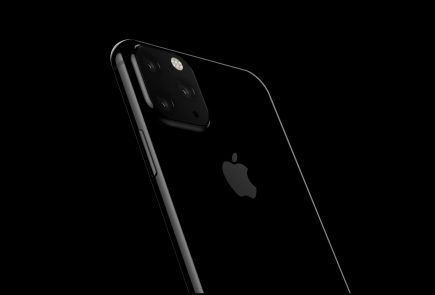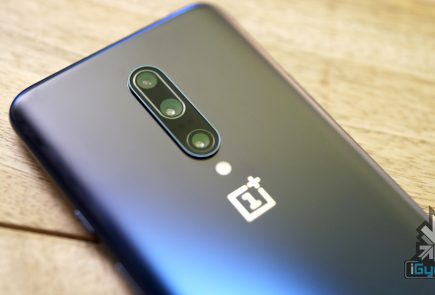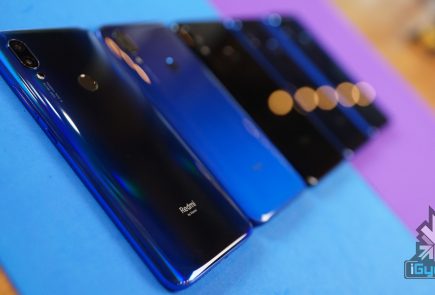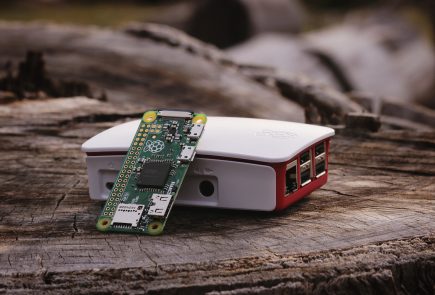Understanding IP Ratings: Is Water Resistant The Same As Waterproof?
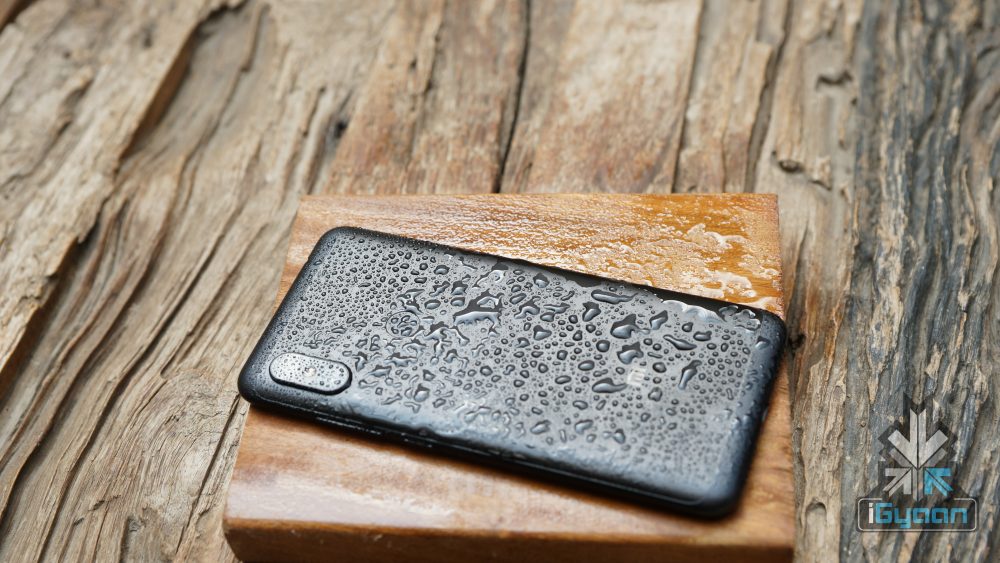
Most modern flagship smartphone in today’s day and age are kitted with a plethora of features. In many ways, these devices couldn’t be more different than each other. But there is a feature that is slowly catching up to speed in most modern smartphones and is often one of the most sought out. Ever since Samsung advertised its Galaxy S5 as being water resistant, the past few years have seen more OEMs providing the feature in their offerings. This feature, a smartphone being water resistant, is also often referred to as being waterproof, which couldn’t be more misleading.
Understanding Water Resistance and IP Ratings
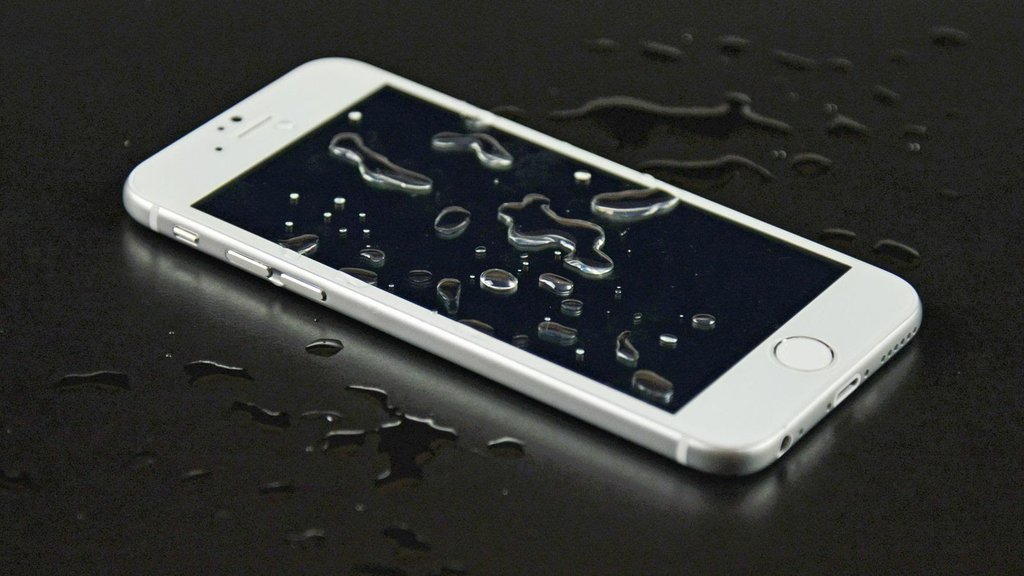
To certify a modern smartphone as water resistant, it is given an Ingress Protection (IP) rating. This rating is essentially measured by how protected the device is in letting natural elements such as dust and water inside it. Most modern smartphones like the Samsung Galaxy S10, iPhone XS and the LG V40 ThinQ have an Ingress Protection rating of 68. This implies that the devices are water and dust resistant.
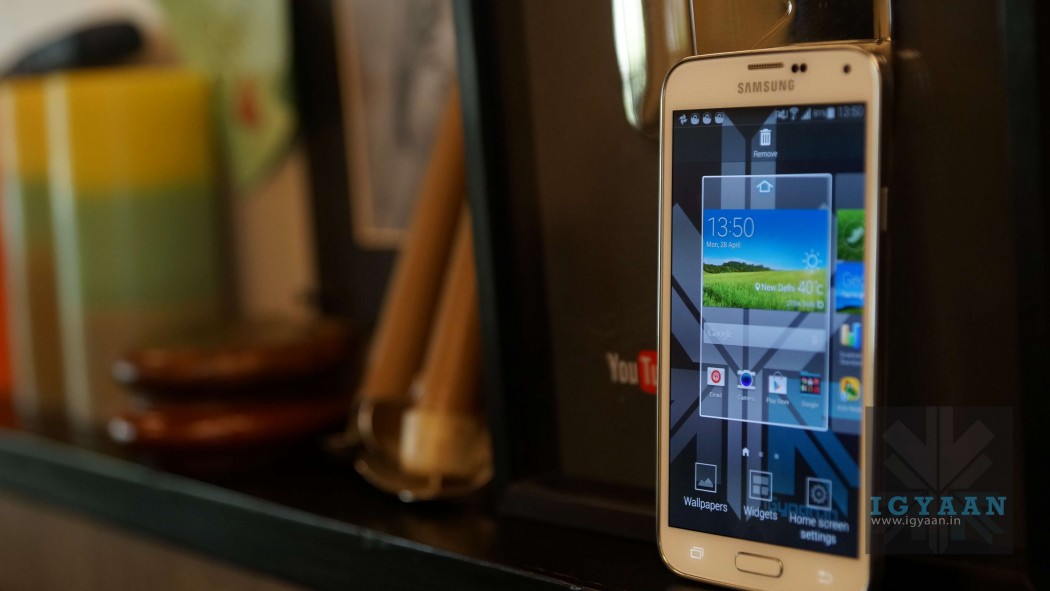
However, to comprehend IP ratings, there is a need to understand how they are determined. The rating is composed of two digits out of which, each one implies different levels of protection from the aforementioned elements. An explanation of what each digit means is highlighted in the table below.
The first digit of the IP rating signifies:
| Level | Certified to be protected against: |
| X | No data available to specify a protection rating |
| 0 | Not protected |
| 1 | Any large surface of the body (>50mm) |
| 2 | Fingers or similar objects (>12.5mm) |
| 3 | Tools, thick wires, etc. (>2.5mm) |
| 4 | Most wires, screws, etc. (>1mm) |
| 5 | Dust Protected |
| 6 | Dust Tight |
The second digit of the IP rating means:
| Level | Certified to be Protected against: |
| 0 | Not protected |
| 1 | Dripping water |
| 2 | Dripping water when tilted up to 15° |
| 3 | Spraying water |
| 4 | Splashing water |
| 5 | Water jets |
| 6 | Powerful water jets |
| 7 | Immersion up to 1 metre |
| 8 | Immersion beyond 1 metre |
So, to define the IP rating of a device, both the digits of the said rating need to be taken into consideration. For example, an IP68 rating would imply complete protection against dust and submersion underwater beyond 1 metre. Such a device will be safeguarded from all possible entry points like the charging port, the microphone, the SIM card tray and the headphone jack, to keep the dust and water out of it. Noteworthy, OEMs don’t provide a warranty on damaged devices as susceptible electronic components on individual units can behave differently. Also, lab tested results are performed under a precisely controlled environment which is usually different from the real world scenarios.
So, What Does Waterproofing Mean?
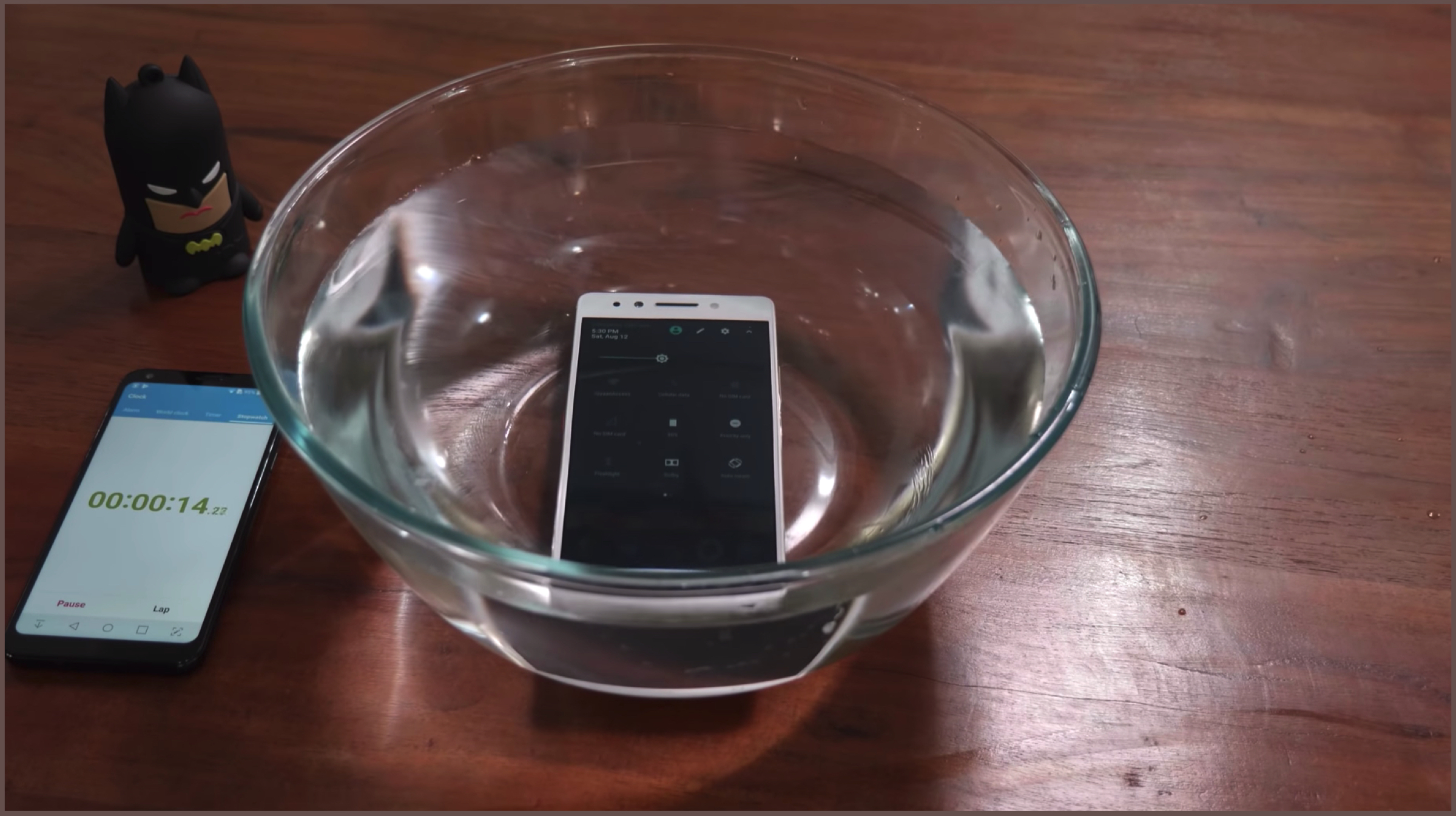
It must be clear that water resistance and waterproofing an electronic device implies two completely different things. These terms suggest a similar protection method but are completely different in their approach. Waterproofing an electronic device, a smartphone, for example, means water and dust usually, will not get inside the device in any shape, form or manner. This is generally achieved by sealing all the entry ports shut with the help of rubber seals and flaps. Waterproofing a device is essentially a guarantee that liquid will not seep inside the device and if it does, the OEM has to repair or replace it.
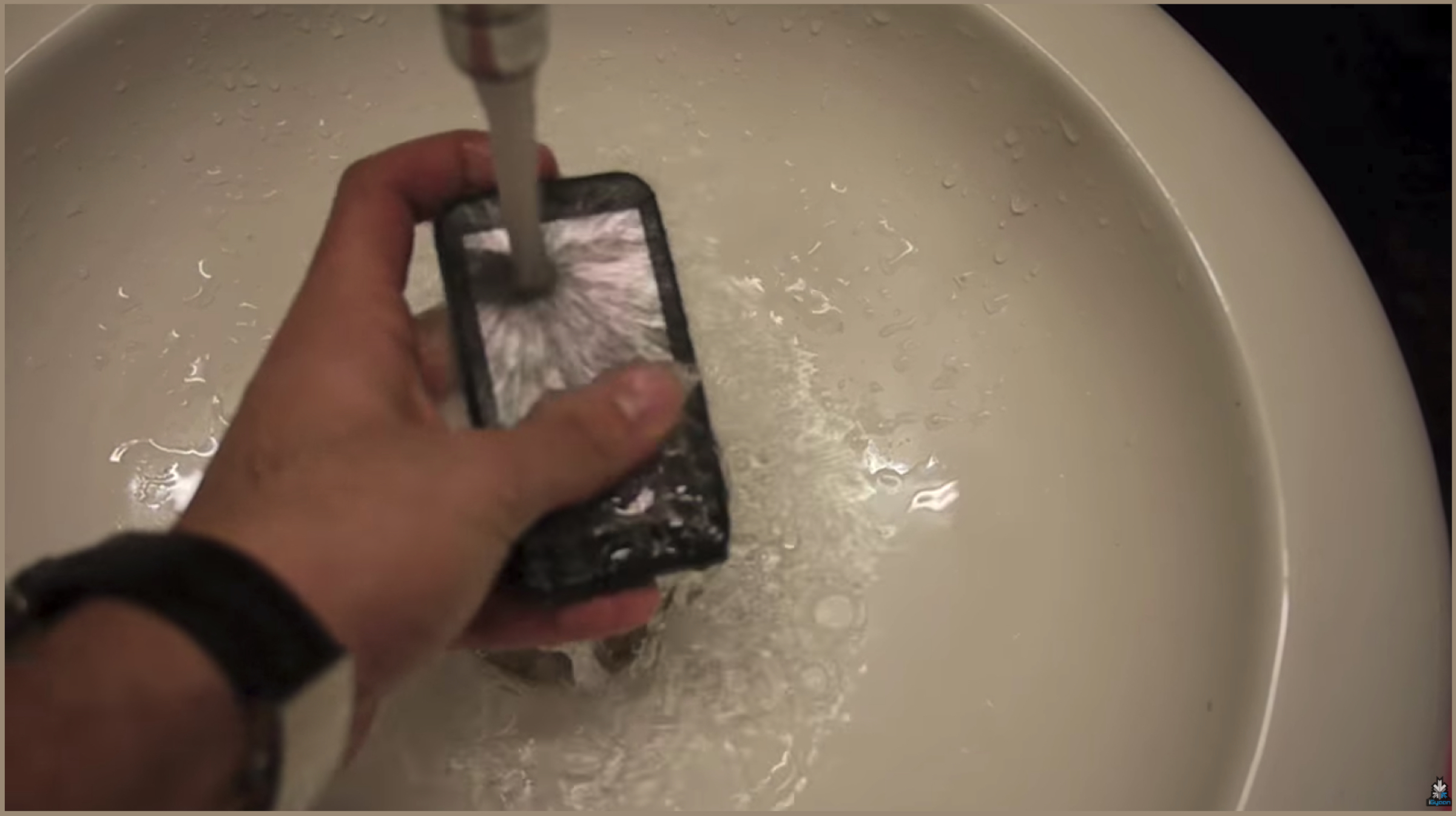
The guarantee may be the reason most manufacturers don’t market their devices as waterproof, even if they are well protected against it. There is no rating on how waterproof an electronic device can be like it is the case with measuring resistance. Making a smartphone waterproof would just require a tight seal to not let allow a drop of liquid inside it. There are some smartphones, particularly from CAT, the brand known for its heavy machinery which is marketed as waterproof. But in order to make them so, the design takes the back seat and they often end up being more expensive.
Also read: Whatsapp To Introduce Dark Mode, Advanced Search In Updates Soon
So yes, it is possible to make a smartphone truly waterproof, but it takes a toll on design and often, the price. Therefore, the future of a sleek and modern looking smartphone which is completely impervious to liquids and dust seems a little too far fetched and distant at the moment.
















